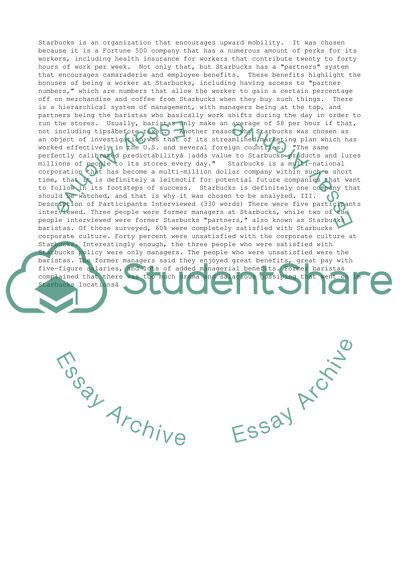Cite this document
(“Starbucks: Organizational Culture Assessment Essay”, n.d.)
Retrieved from https://studentshare.org/business/1409667-starbucks-organizational-culture-assessment
Retrieved from https://studentshare.org/business/1409667-starbucks-organizational-culture-assessment
(Starbucks: Organizational Culture Assessment Essay)
https://studentshare.org/business/1409667-starbucks-organizational-culture-assessment.
https://studentshare.org/business/1409667-starbucks-organizational-culture-assessment.
“Starbucks: Organizational Culture Assessment Essay”, n.d. https://studentshare.org/business/1409667-starbucks-organizational-culture-assessment.


